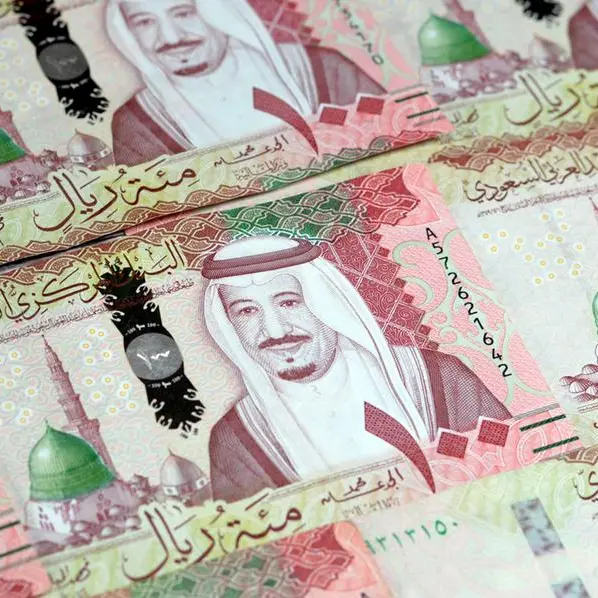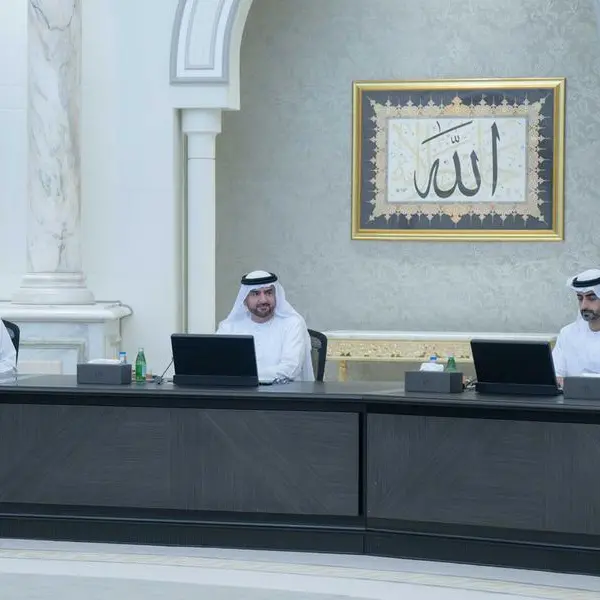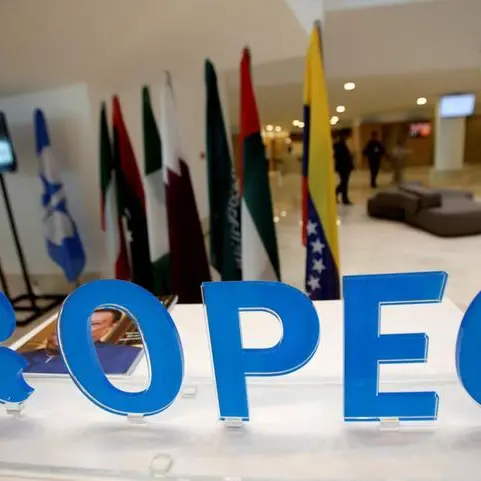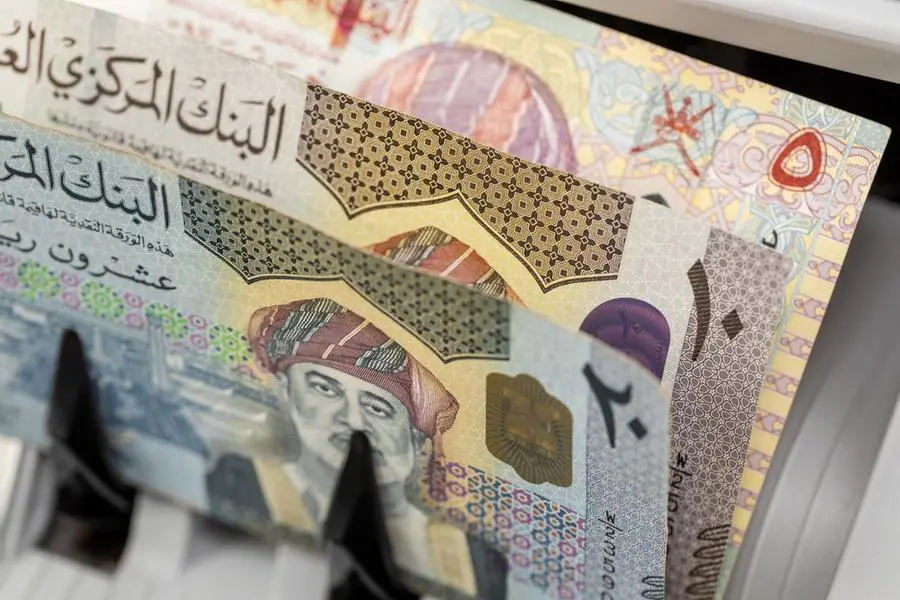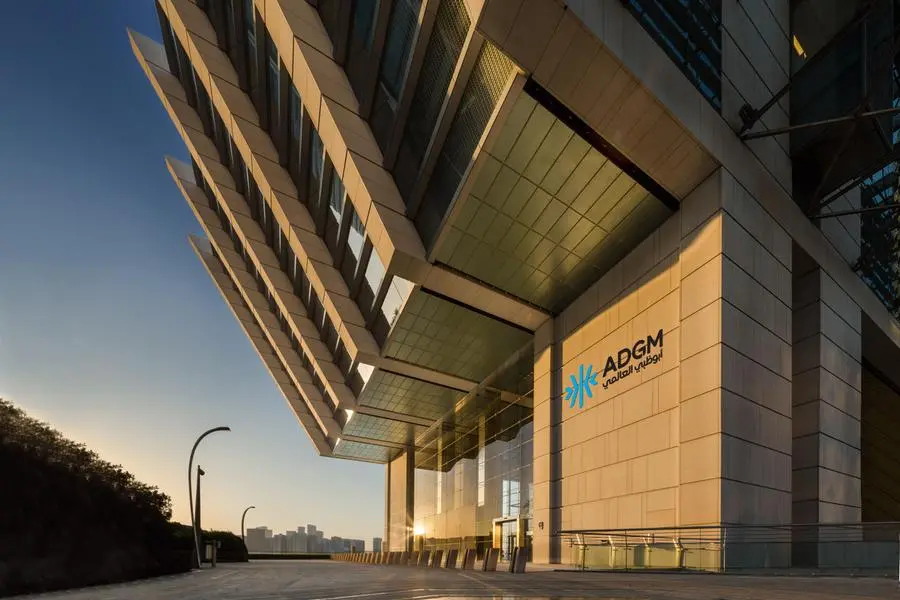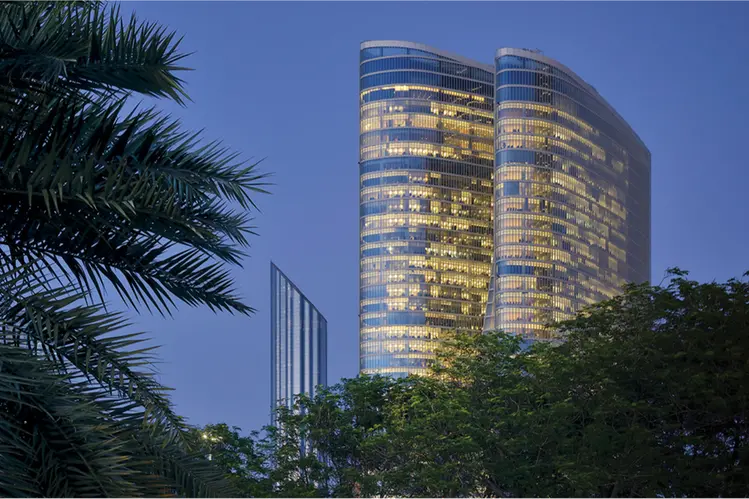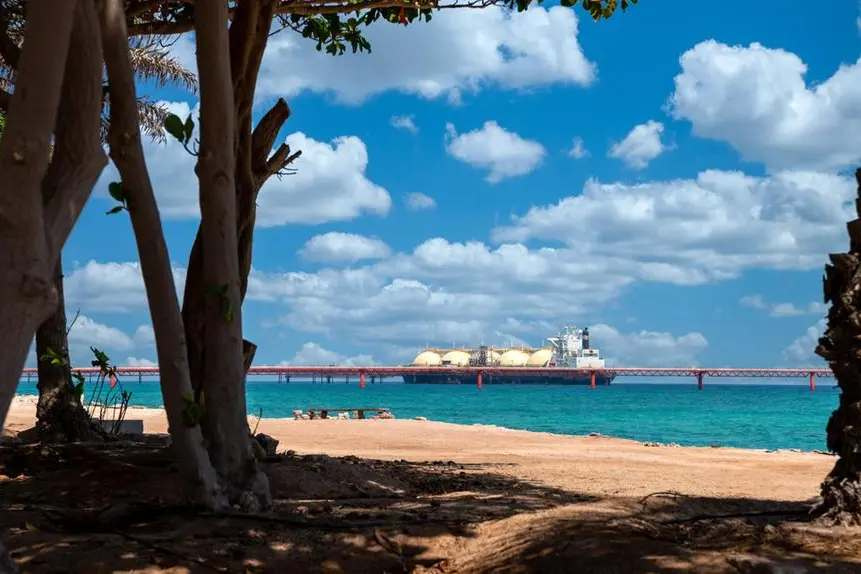Long a key source of exports, the Moroccan textiles industry is showing signs of recovery from recent difficulties on the back of rising foreign demand, with industry groups and the government working together to help facilitate this. The government is also considering the introduction of procurement offset policies to further boost local industry as a whole and encourage technology transfers, with these steps likely to have knock-on effects for textiles as well.
While textiles and clothing has declined in importance relative to other industries as they have grown, the segment remains a major foreign-currency earner for the country, with clothing constituting the largest individual export product by value in 2010, at around 11.7% of the total, according to provisional figures from the Office des Changes. However, the sector has been hard hit by several developments in recent years, including the end of the Multifibre Agreement in 2005 and the global economic downturn of 2008-09, which saw demand from its main European export markets fall significantly. While still comprising the largest single export product, clothing exports fell approximately 2% from Dh17.8bn (€1.57bn) in 2009 to Dh17.4bn (€1.54bn) in 2010, with this representing a 15% decline from levels in 2006.
However, the result for 2010 pointed to a significant recovery towards the end of the year, as clothing exports began to rise after a 10% decline year-on-year for the first eight months. The gradual improvement in foreign demand, in particular from France and Spain, seems to have carried on into the new year, with the Moroccan press reporting that local firms attending the "Zoom by Fatex" textiles fair in Paris in early February 2011 came away with bulging order books, thanks to a range of factors including the global economic recovery as well as rising prices in China.
Indeed, in some cases, capacity has even become an issue, with Abdelmoula Ratib, head of local producer Le Groupe Ratib, telling Moroccan newspaper La Vie éco that his company had to turn down orders of several million articles due to lack of capacity. As a result, the sector and government are working together to increase the availability of qualified manpower. Industry body Association Marocaine des Industries du Textile et de l'Habillement (Amith) and the government body Office de la Formation Professionnelle et de la Promotion du Travail (OFPPT) announced a plan in January to train 10,000 new textile workers over a three-month period to deal with growing orders, with plans to train a further 10,000 people later in the year.
Thanks in part to the government's industrial emergence plan and the creation of free zones throughout the country, a range of other industries, such as chemicals, pharmaceuticals, aerospace and car production, have taken off in Morocco in recent years, with this resulting in a relative reduction in the importance of textiles. Exports of industrial equipment, for example, grew by more than 30% in 2010, to Dh22.13bn (€1.96bn), with electric cables accounting for over half of the total. Meanwhile, in early February Renault announced that the factory it is building near Tangier, which is due to open in 2012 at a cost of €1bn, will have an eventual capacity of 350,000 vehicles per year, transforming Morocco into a significant automobile exporter.
To further stimulate local industry, the government is working on a new procurement offset (compensation industrielle) policy. Under the policy reportedly being developed by the minister for industry and trade, Ahmed Chami, foreign companies that win government tenders worth more than Dh200m (€17.69m) will be obliged to carry out local investments and purchases worth at least 50% of the value of the contracts. The measure is intended to boost the local industrial sector by ensuring that foreign companies invest locally, use local subcontractors and locally made products, and transfer technology to the country. While government ministries are currently able to impose offset requirements on companies bidding for state projects, the planned law will make these obligatory across all ministries and procurement efforts. The policy will probably not, however, affect US companies, as the 2004 US-Morocco free trade agreement bars the imposition of such requirements on US firms.
While the law has yet to be finalised, Moroccan press has cited French firm Alstom - which won the contract to build Morocco's high-speed train system and which is also responsible for the construction of tram networks in Rabat and Casablanca - as a positive example of how foreign firms benefitting from major procurement projects can also boost local industrial development. In January the company signed an agreement with the government that will see it establish a local production base for cabling and electronic components, creating 5000 jobs over 10 years, as well as establishing a rail sector training institute. Alstom also signalled its intention to step up purchases from Moroccan suppliers and service providers (such as local back-office offshoring services), for use in projects in other countries as well.
With the steady improvement in demand from key European export markets likely to continue as economic recovery takes hold, the outlook for Morocco's industrial sector in 2011 seems bright. While the textiles segment is no longer a central pillar of the sector, it is nonetheless a major contributor, and it seems set to continue to play an important role in the country's increasingly diversified industrial base.
© Oxford Business Group 2011
